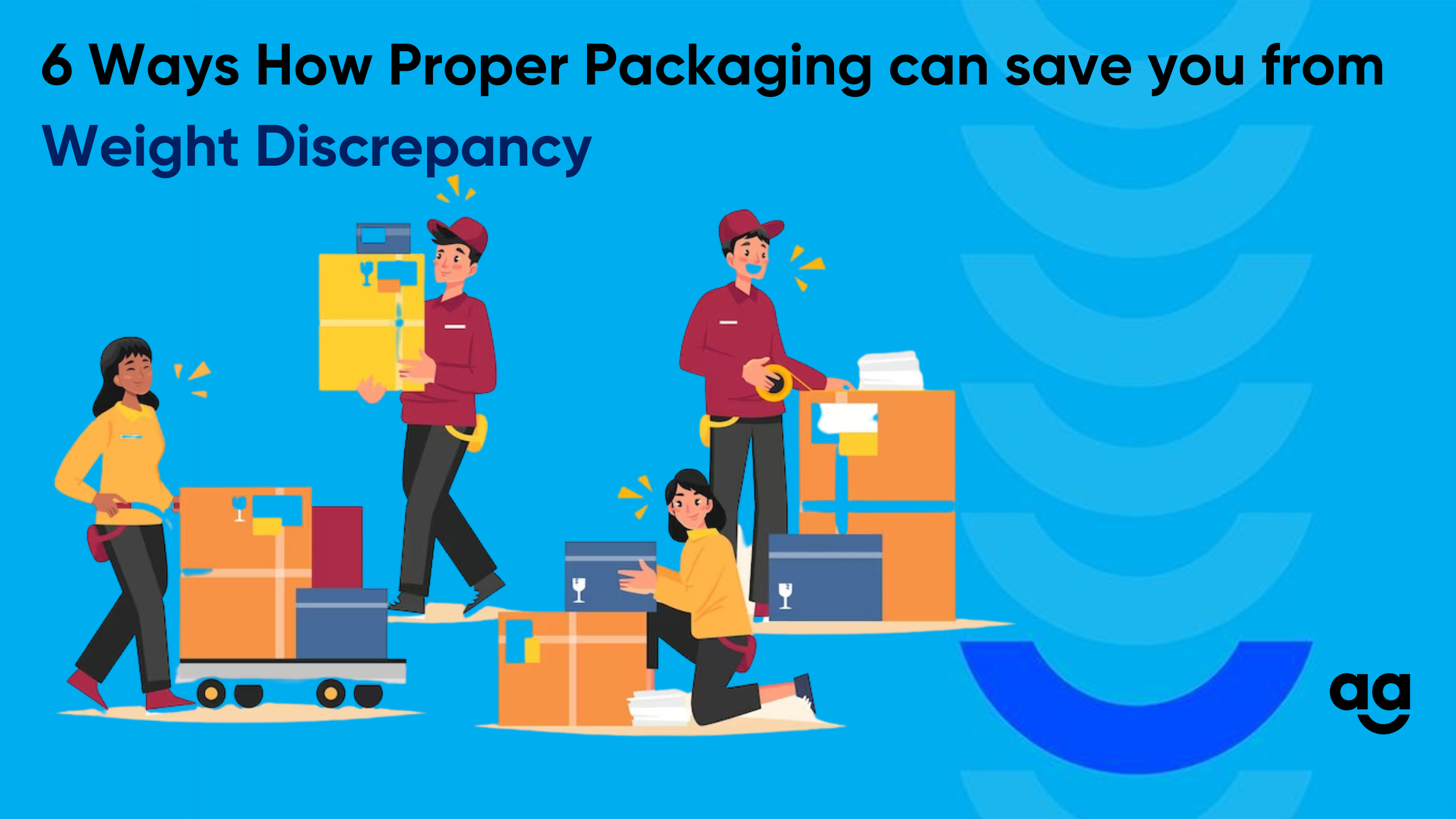Introduction
When it comes to shipping and logistics, weight disparities can cause businesses a lot of trouble. Inaccurate weight readings can cause business inefficiencies, consumer unhappiness, and potential financial losses.
Using appropriate packing is one of the most effective strategies to reduce weight discrepancies. This blog post will discuss the value of adequate packaging and how it can protect you against weight inconsistencies in logistics and delivery.
Understanding Weight Discrepancies and Volumetric Weight
Weight discrepancy refers to the difference between the actual weight of a package and its declared weight. It occurs when there is an inconsistency between the weight provided by the shipper and the actual weight measured by the carrier during the shipping process. This can have implications for shipping costs, especially when considering volumetric weight.
Volumetric weight, also known as dimensional weight, is a calculation that takes into account both the size and weight of a package. It is used by carriers to determine shipping charges when the package’s volume exceeds its actual weight. This means that if a package is lightweight but occupies a large amount of space, the shipping cost will be calculated based on its volumetric weight rather than its actual weight.
Weight discrepancies can have financial consequences for both shippers and carriers. If the actual weight is higher than declared, the shipper may be subject to additional fees or penalties. On the other hand, if the actual weight is lower, the carrier may not receive sufficient compensation for the resources utilized in transporting the package.
To ensure accuracy and avoid weight discrepancies, it is crucial for shippers to provide precise weight information and consider the volumetric weight if applicable. Carriers often have specific guidelines and formulas to calculate volumetric weight, considering the package dimensions and applying a dimensional factor. By adhering to these guidelines and accurately declaring package weights, both shippers and carriers can maintain transparency, prevent disputes, and ensure fair and accurate shipping costs.
Importance of Proper Packaging to Avoid Weight Discrepancies
Accurate weight measurements
Inaccurate weight measurement is one of the main causes of weight discrepancies. The weight of the wrapped item will be accurately measured if the packaging is done properly.
You may reduce variances brought on by packaging by utilizing standardized and appropriate materials, which enables more precise weight estimations.
Use of reliable packaging materials
Using appropriate packaging materials is essential to avoid weight discrepancies. Corrugated boxes, padded envelopes, or bubble wraps are examples of lightweight yet durable packaging materials that can help preserve the product without considerably increasing its weight. This makes sure that the product’s real weight and the volumetric weight that was measured at the time of shipping are not very different.
Avoid excess packaging
Overpackaging may result in excess weight variations. In addition to increasing weight, using excessive packaging materials also raises transportation expenses. You can minimize weight disparities and eliminate filler materials by correctly fitting your packing and avoiding over padding. This can also help cut shipping costs.
Proper handling and sealing
Weight discrepancies during transport could be caused by inadequate handling and sealing. As a result of the contents shifting or the objects being damaged, improperly packed packages may lose or gain weight.
By employing proper sealing techniques, such as using strong adhesive tapes or heat sealing, it is possible to prevent weight fluctuations and maintain the integrity of the package.
Compliance and shipping regulations
There are particular weight limits and regulations for various transportation companies. Packaging properly aids in ensuring adherence to these rules. You can avoid penalties or delays by using packaging materials that adhere to the carrier’s specifications and avoiding weight disparities.
Quality control inspection
For many transportation firms, there are specific weight restrictions and rules. Adhering to these guidelines is made easier by good packaging. By utilizing packaging materials that comply with the carrier’s requirements and eliminating weight discrepancies, you can prevent fines or delays.
Wrapping Up
In order to avoid weight discrepancies during shipping, proper packing is essential. It is crucial to take into account accurate weight measurement, the use of dependable packaging materials, avoiding superfluous packaging, proper handling and sealing, adherence to shipping standards, and quality control.
Businesses can eliminate weight disparities, increase operational effectiveness, cut shipping costs, and boost customer happiness by concentrating on these issues. For every company involved in shipping, devoting time and effort to effective packaging practices is worthwhile.





 Shipping
Shipping